From July 1, 2026, Hanoi will officially ban gasoline-powered motorbikes according to a time frame in 9 wards selected to pilot the "low emission zones" (LEZ) in Ring Road 1. Traffic and environmental experts all agree that this is an inevitable, strong and correct step to improve air quality, but also emphasize that the big challenge lies in completing synchronous infrastructure and support policies.

From July 1, 2026, Hanoi will officially ban gasoline-powered motorbikes according to a time frame in 9 wards selected to pilot the "low emission zone" (LEZ) in Ring Road 1.
Determination to green transport transformation from Beltway 1
Recently, the Hanoi People's Council (HĐND) passed a Resolution on Regulations for implementing low-emission zones in the area. This Resolution provides a specific roadmap to limit polluting vehicles and promote the ecosystem of clean energy vehicles in the capital.
According to the resolution, the city plans to pilot low-emission zones in some areas in Ring Road 1 from July 1, 2026, including 9 inner-city wards: Hai Ba Trung, Cua Nam, Hoan Kiem, O Cho Dua, Van Mieu - Quoc Tu Giam, Ba Dinh, Giang Vo, Ngoc Ha, Tay Ho. Instead of a complete ban, the city will adjust the ban to a specific time frame or area to reduce shock to the people.
The roadmap will be gradually expanded: From January 1, 2028, the low-emission zone will expand to Ring Road 1 and some wards of Ring Road 2 (5 more wards: Lang, Dong Da, Kim Lien, Bach Mai, Vinh Tuy). By January 1, 2030, the scope of implementation will be Ring Road 3 and beyond, including 36 wards and communes.
The main restrictions in the LEZ include: banning motorbikes and scooters from operating on transport support application platforms; banning other motorbikes and scooters from circulating according to time frames or areas; and restricting and eventually banning cars that do not meet level 4 emission standards.
Agree on the goal of improving the environment

Experts all affirm that the policy of restricting and eventually banning gasoline vehicles is a completely correct direction. Setting the goal of controlling the circulation of gasoline-powered motorbikes and encouraging clean energy vehicles is considered urgent.
Associate Professor, Dr. Vu Thanh Ca, Senior Lecturer at Hanoi University of Natural Resources and Environment, said that fossil fuel vehicles are currently a major source of pollution in the capital. Therefore, gradually switching to green, environmentally friendly vehicles is necessary.
Master Le Trung Hieu, a traffic expert, commented that this roadmap is clearer and more specific than ever, demonstrating the determination and consensus of the government and people of the capital, towards green transportation transformation.
Prerequisite: Completing green transport infrastructure
Although the goal is agreed upon, the practical challenges are huge. Many experts emphasize that the gradual reduction of gasoline motorbikes must go hand in hand with the rapid development of the public transport system.
Associate Professor, Dr. Nguyen Thi Thu Thuy - Traffic expert - said that the key condition before banning gasoline motorbikes is that Hanoi must have a bus network close enough, numerous enough and on time, especially electric buses. Currently, many bus routes do not cover the pilot wards.
Master Le Trung Hieu also emphasized that the most important condition is to develop diverse, high-capacity public passenger transport that is sufficient to meet people's needs, especially urban railways.
Currently, the network of charging stations for clean energy vehicles in Hanoi is very lacking. If the charging infrastructure is not built synchronously, the people's conversion to green transportation will be "blocked".
Dr. Nguyen Huu Duc, Deputy Head of the Faculty of Energy Technology, University of Electricity, suggested that the city should coordinate with businesses to ensure enough fast charging stations, battery swapping stations, maintenance, and battery quality control, along with fire safety systems. Ms. Bui Thi An, Director of the Institute of Natural Resources, Environment and Community Development, proposed a draft regulation on mandatory technical standards for batteries, charging stations, fire prevention and fighting, and encourage socialized investment in charging infrastructure.
Experts also highly appreciated the Resolution of the Hanoi People's Council which clearly stipulated that the development of a public clean energy charging station system must go hand in hand with investment in building infrastructure to collect and treat discarded electric vehicle batteries, in order to ensure environmental requirements and sustainable fire prevention and fighting safety.
In addition, experts also strongly support the draft resolution stating clearly the financial support policy for vehicle conversion: Individuals converting gasoline motorbikes to electric motorbikes will be supported 20% of the vehicle value, but not more than 5 million VND. Poor households will be supported up to 20 million VND and near-poor households up to 15 million VND.
However, some critics argue that the maximum support of VND5 million is not enough to create a big motivation in the context of high electric vehicle prices and infrastructure costs. Therefore, for the policy to be effective, in addition to financial support, the city needs to increase parking spaces on the edge of low-emission zones, public bicycle rental points, and shared electric motorbikes. Along with that, smart traffic management and organization, along with close communication, are necessary to gradually get people used to it.
Create a typical model of green transportation
This transformation policy has an important vision. The successful piloting of the first nine wards is expected to create a "model area", a typical model of green transport, both reducing pollution and improving the quality of life in the center of the capital.
The success of this major policy depends heavily on the construction of synchronous infrastructure, an implementation roadmap that is suitable to the capacity of people and businesses, and a support mechanism strong enough to ensure social equity. If these steps are completed, environmental goals will be achieved while ensuring social security.
Source: https://vtv.vn/ha-noi-cam-xe-xang-vao-vanh-dai-1-theo-gio-buoc-di-can-thiet-thach-thuc-khong-nho-100251128145030643.htm








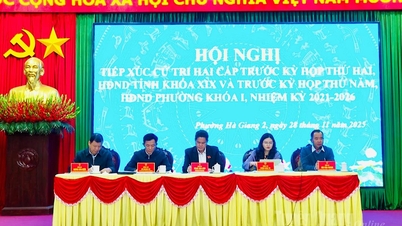



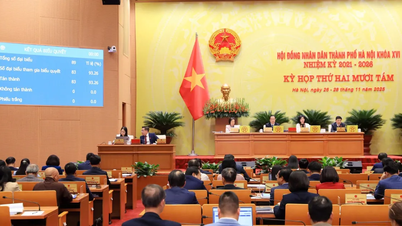

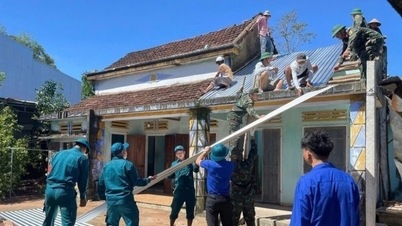

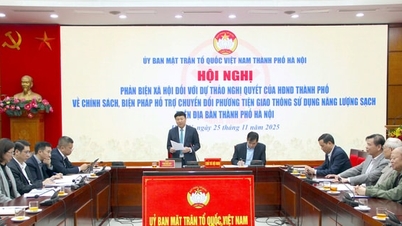

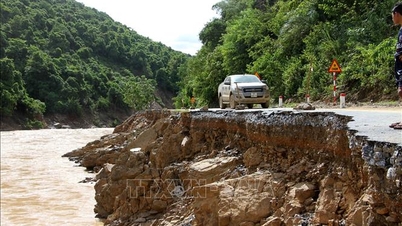

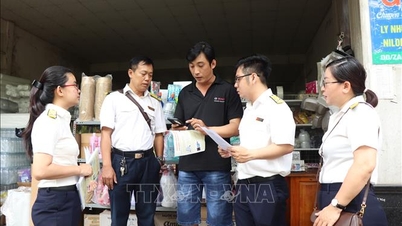






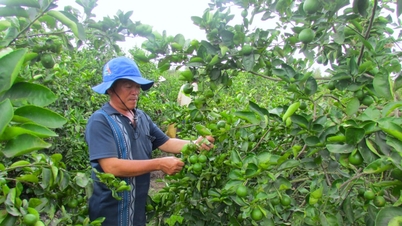






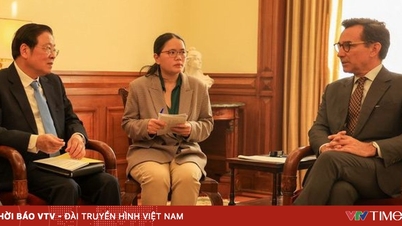



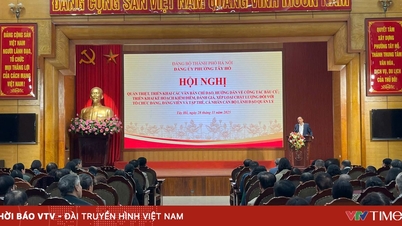
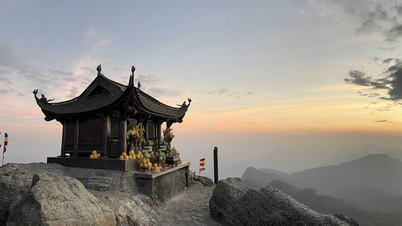










































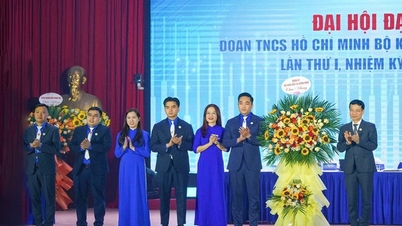




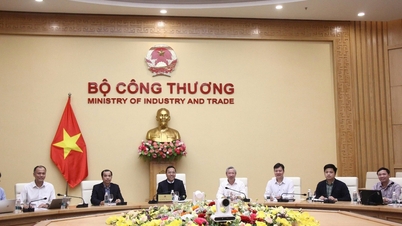





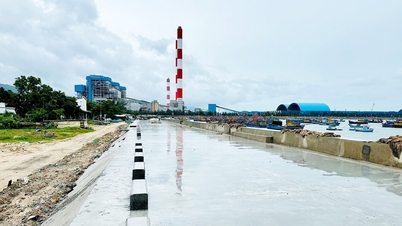
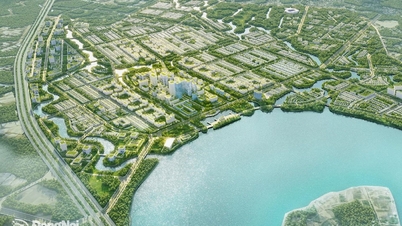

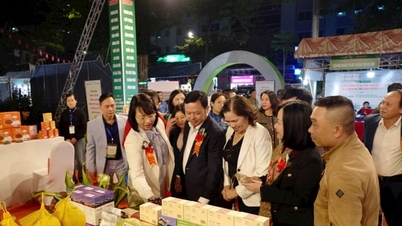
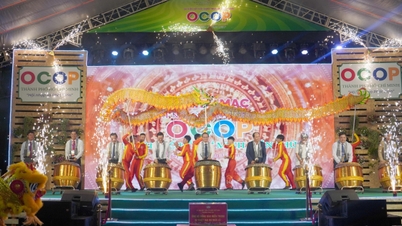











Comment (0)